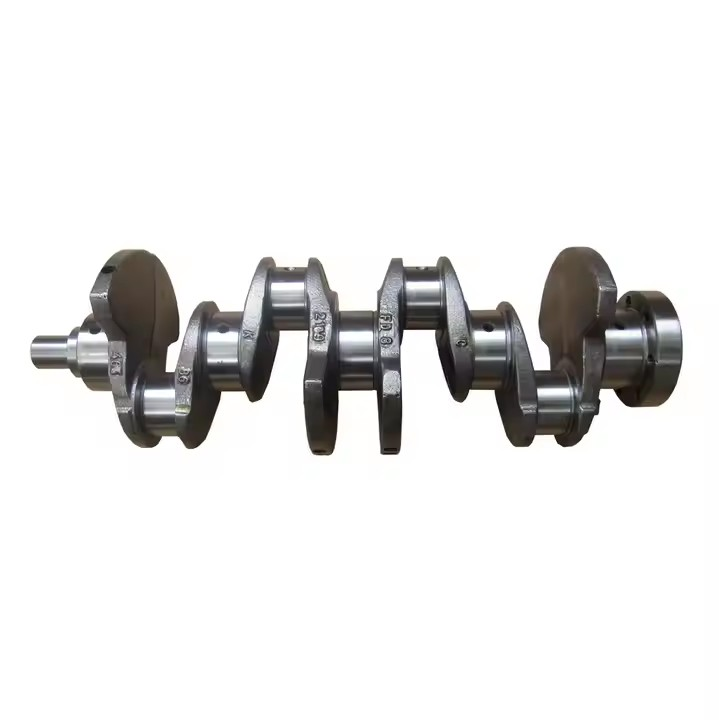The Importance of Crankshaft Balancing
To be honest, crankshaft balancing might not be the first thing that comes to mind when you think about engine performance. However, it plays a crucial role in ensuring smooth operation and extending the lifespan of your engine. In fact, a properly balanced crankshaft can significantly reduce vibrations, wear, and tear, leading to better fuel efficiency and overall performance.
What is Static Crankshaft Balancing?
Static balancing is the most basic form of crankshaft balancing. This technique focuses on balancing the weight distribution of the crankshaft without considering its rotational dynamics. In other words, it aims to eliminate any heavy spots that could cause vibrations when the crankshaft is at rest.
How is Static Balancing Performed?
To perform static balancing, the crankshaft is mounted on a balancing machine, which measures its weight distribution. If an imbalance is detected, material is removed from the heavier end or added to the lighter end until the crankshaft is perfectly balanced. This process is relatively simple and inexpensive, making it a popular choice for many vehicle owners.
The Limitations of Static Balancing
While static balancing can certainly improve engine performance, it does have its limitations. Frankly speaking, it only addresses weight distribution at a standstill and doesn't account for the forces that occur during actual engine operation. This can result in residual vibrations that could still lead to premature wear and tear.
When is Static Balancing Sufficient?
Static balancing is often sufficient for small engines with low horsepower, such as those found in lawnmowers or motorcycles. In these cases, the rotational forces are relatively minimal, and static balancing can effectively reduce vibrations.
What is Dynamic Crankshaft Balancing?
Dynamic balancing, on the other hand, takes into account both the weight distribution and the rotational dynamics of the crankshaft. This technique aims to eliminate not only heavy spots but also any couples or forces that could cause vibrations during engine operation.
How is Dynamic Balancing Performed?
Dynamic balancing is a more complex process than static balancing. The crankshaft is mounted on a balancing machine that simulates its rotational speed and direction. Multiple measurements are taken to identify any imbalances, which are then corrected by removing or adding material to the crankshaft. This process is repeated until the crankshaft is perfectly balanced both statically and dynamically.
The Advantages of Dynamic Balancing
Dynamic balancing offers several advantages over static balancing. For one, it significantly reduces vibrations, leading to smoother engine operation and less wear and tear. Additionally, it can improve engine performance, fuel efficiency, and even extend the lifespan of the engine. In my experience, dynamic balancing is absolutely necessary for high-performance engines with high horsepower ratings.
Is Dynamic Balancing Worth the Investment?
While dynamic balancing is more expensive than static balancing, the benefits it provides can make it a worthwhile investment. If you're looking to get the most out of your engine, improve its performance, and prolong its lifespan, then dynamic balancing is the way to go. Interestingly enough, the cost of dynamic balancing can often be offset by the improved fuel efficiency and reduced maintenance costs that come with a properly balanced engine.
Choosing the Right Balancing Technique
When it comes to crankshaft balancing, there's no one-size-fits-all answer. The right technique for you will depend on your engine's size, horsepower, and intended use. For small, low-horsepower engines, static balancing may be sufficient. However, if you're looking to maximize performance and longevity, dynamic balancing is the way to go.
Consult with a Professional
If you're unsure which balancing technique is right for your engine, it's always a good idea to consult with a professional. They can assess your engine's specific needs and recommend the best course of action. Remember, a properly balanced crankshaft can make all the difference when it comes to engine performance and longevity.




